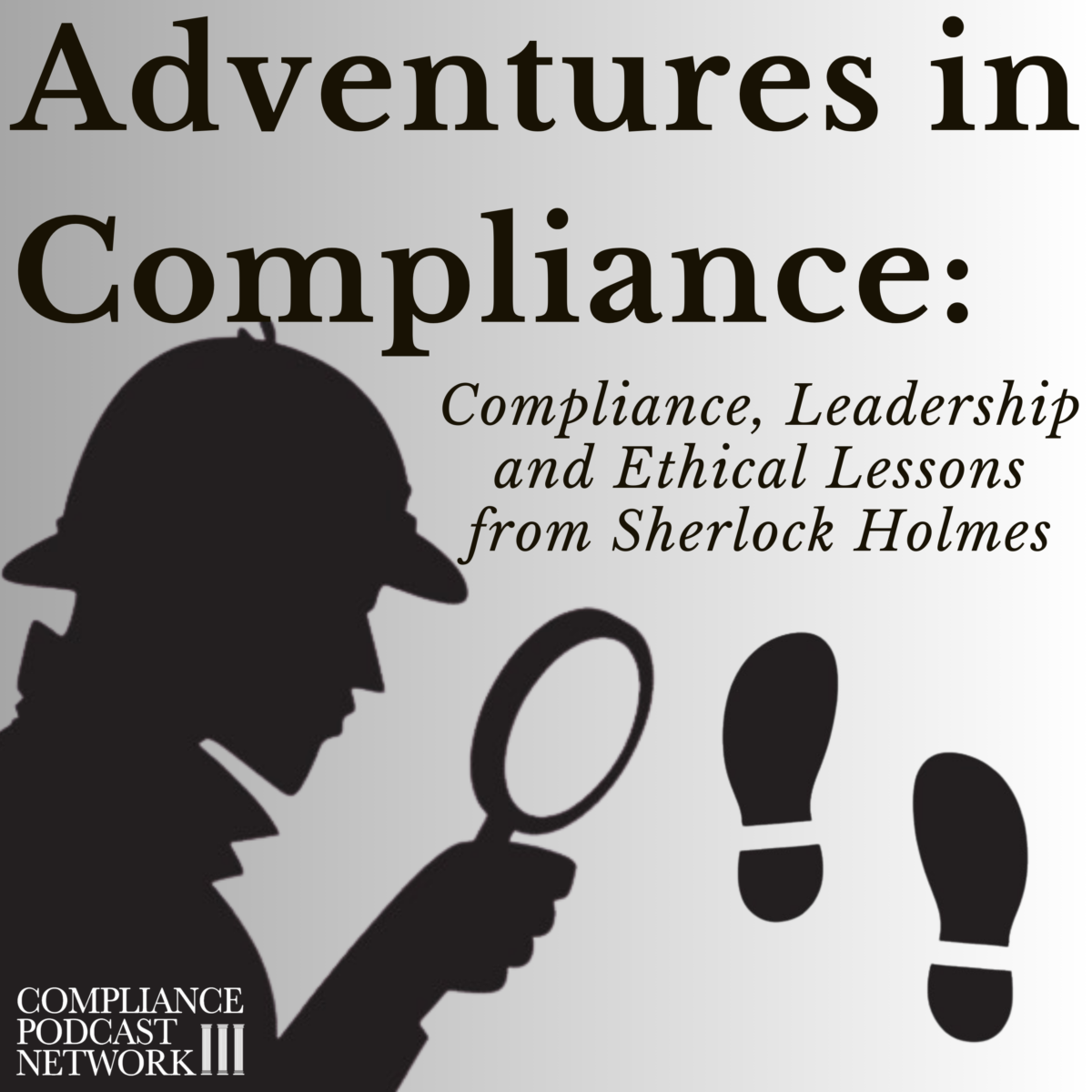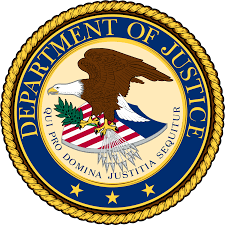Welcome to a review of all the Sherlock Holmes stories which are collected in the work, “The Adventures of Sherlock Holmes.” The appeared in the Strand Magazine from July 1891 to June 1892. Over 12 episodes, I will be reviewing each story and mine them for leadership, compliance and ethical lessons. In this episode, I consider “The Adventure of the Speckled Band” which was originally published in the Strand Magazine in February 1892 and was included in the collection of stories published as ‘The Adventures of Sherlock Holmes’.
Summary
The story begins with Miss Helen Stoner, a young woman obviously in distress, visiting Sherlock Holmes and Dr. Watson at 221B Baker Street. She is worried about her life, fearing that she might meet the same mysterious end that her twin sister, Julia, did two years prior. Julia’s dying words were about a “speckled band.”
Helen and Julia lived with their stepfather, Dr. Grimesby Roylott, the last survivor of a noble but financially ruined family, in Stoke Moran Manor in Surrey. Dr. Roylott is a doctor with a violent history and is known to keep exotic animals from India, such as a cheetah and a baboon, at their estate.
After hearing noises and seeing strange activities from her stepfather’s room, Helen suspects that her life is in danger, especially as she is now sleeping in the same room her sister did just before she died.
Sherlock Holmes and Dr. Watson travel to the Manor, examining the room where Julia died and the surrounding areas, including Dr. Roylott’s chamber. Holmes observes that the bed is clamped to the floor, a bell rope that doesn’t work, a vent that leads to Dr. Roylott’s room, and a saucer of milk. Putting the pieces together, he devises a plan to find out the truth.
Holmes and Watson camp out in Helen’s room that night, and they hear a low whistle and metallic noise. Suddenly, Holmes strikes out with his cane at the bell rope and a poisonous snake (the “speckled band”) drops onto the floor. Holmes forces the snake back through the vent, and it bites Dr. Roylott, who is found dead in his room.
In the end, Holmes explains how Dr. Roylott used the snake, trained to travel through the vent to the sound of a whistle, to kill Julia, and he had attempted the same with Helen. The motive was financial, as Dr. Roylott would have lost a significant amount of income from the girls’ mother’s estate if they married.
Leadership Lessons
1. Attention to detail: Sherlock Holmes is known for his attention to detail, and this is evident in “The Adventure of the Speckled Band.” He solves the mystery by paying close attention to small details that others have overlooked. Leaders can learn from this by focusing on the details and not overlooking anything that could be important.
2. Critical thinking: Holmes is a master of critical thinking, and this is demonstrated in the story as he analyzes the evidence and develops a theory to explain the mysterious events. Leaders can learn from this by developing their critical thinking skills and approaching challenges with a logical and analytical mindset.
3. Empathy: Throughout the story, Holmes demonstrates a deep sense of empathy for the victim and her family, and he is determined to bring the culprit to justice. Leaders can learn from this by being empathetic and understanding towards their employees and by showing compassion for others.
4. Adaptability: Holmes demonstrates his ability to adapt to changing circumstances and adjust his approach as needed. Leaders can learn from this by being flexible and open-minded, and by recognizing that there may be multiple solutions to a problem.
5. Courage: Despite the danger involved, Holmes is determined to solve the case and bring the culprit to justice. Leaders can learn from this by being courageous and standing up for what is right, even in the face of challenges and obstacles.
6. Communication skills: Throughout the story, Holmes effectively communicates with others, including Dr. John Watson and the victim’s family, to gather information and solve the case. Leaders can learn from this by developing their communication skills and being clear and concise in their interactions with others.
Resource
The New Annotated Sherlock Holmes






